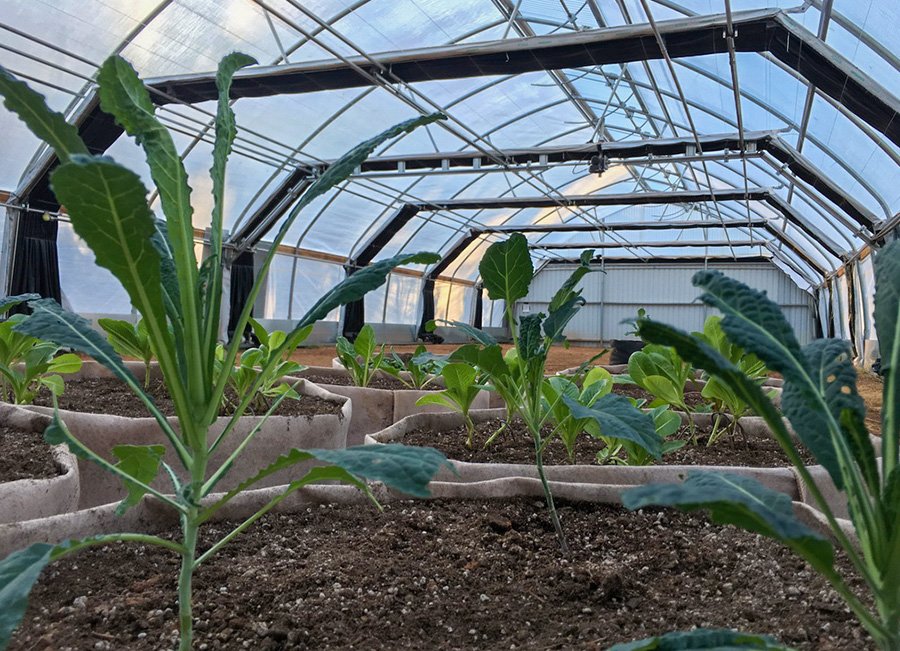Introduction: Wondering how to maximize the potential of your greenhouse and produce high-quality crops year-round? A light deprivation greenhouse might be the game-changer you’ve been looking for. Let’s dive in.
You’ve probably heard about light deprivation greenhouses, but are they worth the investment? Well, let me tell you, if you want to take control of your growing environment, increase yields, and cultivate crops like a pro, they are. But don’t just take my word for it. Let’s break it down together.
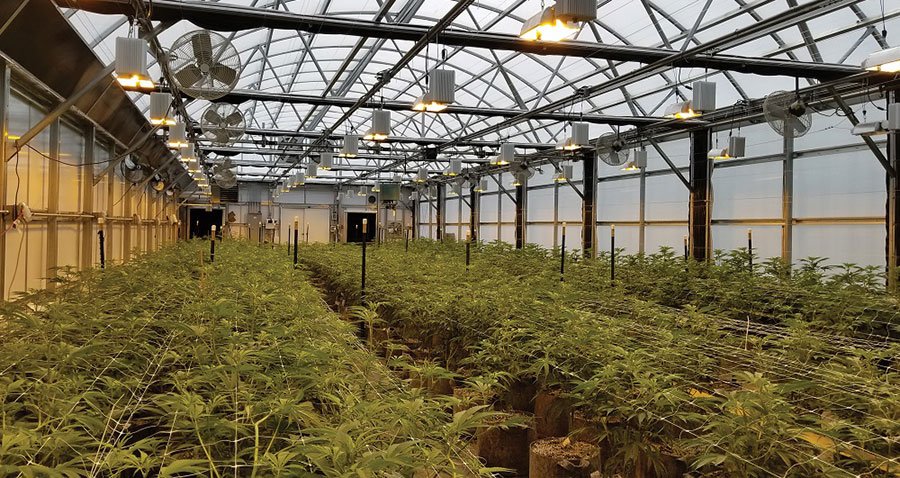
A light deprivation greenhouse is a specially designed structure that allows you to control the amount of natural light your crops receive. This is crucial for plants that rely on light cycles to trigger growth stages like flowering. With the ability to artificially manipulate light exposure, you can ensure that your plants have optimal conditions regardless of the time of year. It’s a secret weapon for farmers looking to optimize yield, reduce growing time, and even grow in the off-season.
What Makes Light Deprivation Greenhouses So Special?
Okay, so now that we’ve defined it, let’s talk about why they’re so special. Imagine being able to create the perfect growing environment for your plants at any time, anywhere. That’s what a light deprivation greenhouse offers. It’s like having a greenhouse that’s on steroids—only healthier. This system works by blocking out light for a specific amount of time each day, mimicking the natural light cycles that certain plants need for critical stages like flowering.
But why should you care? Well, for starters, you can speed up plant growth, ensure more consistent yields, and—here’s the kicker—grow high-quality crops regardless of the season. According to a report from the Agricultural Science Institute, light deprivation greenhouses can increase the yield of certain crops by up to 40%!
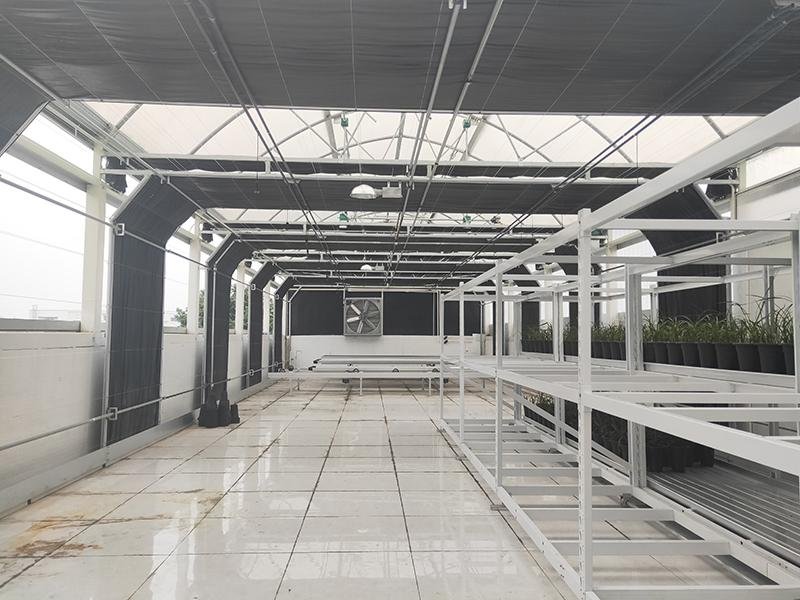
How Does a Light Deprivation Greenhouse Work?
Light deprivation greenhouses function by controlling when plants receive sunlight. The process involves a mechanical system that covers the greenhouse with a dark tarp or shade cloth during specific periods to block out natural light. This simulated “night” period is crucial for triggering certain growth phases, particularly in plants like cannabis, flowers, and some vegetables that rely on photoperiod sensitivity.
The typical setup includes:
- Darkening systems: Automated blackout tarps or cloths that cover the greenhouse at predetermined times.
- Ventilation systems: To ensure airflow and prevent humidity buildup, which could harm plants.
- Irrigation systems: To maintain optimal water and nutrient levels.
- Temperature control: To keep the environment in the ideal range for plant growth.
So, what does this mean for you? You’ll get control over flowering times, which means more cycles per year and better predictability for harvests. Not to mention the ability to meet market demands without being limited by the seasons.
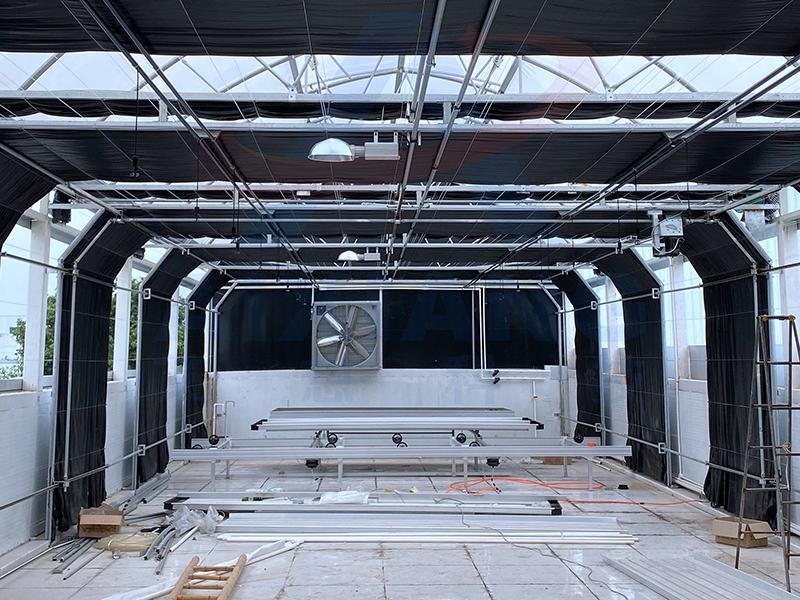
Who Can Benefit from a Light Deprivation Greenhouse?
Cannabis growers, especially those in regions with harsh or unpredictable climates, will love the ability to control photoperiods. Studies from the Cannabis Cultivation Research Center have shown that light deprivation can optimize cannabinoid production by enhancing flowering stages.
But it’s not just cannabis! Many flower growers, particularly those cultivating high-value blooms like roses or lilies, also benefit. If you’re a vegetable grower who wants to extend the growing season, light deprivation can work wonders. The Greenhouse Produce Association states that tomatoes, cucumbers, and peppers are among the crops that thrive in light deprivation systems.
The Costs vs. The Benefits
You might be thinking, “This sounds great, but what’s it going to cost me?” Here’s where it gets interesting. Yes, there’s an upfront investment in the greenhouse and the automated systems. But the long-term benefits often outweigh the costs. A report from The Greenhouse Economics Journal suggests that most light deprivation greenhouses pay for themselves within 2-3 years, thanks to increased yield and shorter growing cycles.
Here’s a simple breakdown to help you make the decision:
| Cost | Benefit |
|---|---|
| Initial investment in system | Increased crop yield (up to 40%) |
| Setup and maintenance costs | Faster growing cycles |
| Automation systems (sensors, tarps) | Ability to grow year-round |
| Extra energy consumption (optional) | Improved crop quality |
While the initial cost might seem steep, the ROI is quite substantial. Plus, consider the fact that you’re not just investing in a greenhouse—you’re investing in control, consistency, and quality.
More Related Questions
How Much Light Deprivation Is Needed for Cannabis Growth?
Cannabis plants typically need 12 hours of light and 12 hours of darkness to flower properly. The Cannabis Cultivation Experts suggest that light deprivation can be used to shorten the flowering cycle, getting you multiple harvests per year.
Can Light Deprivation Help with Crop Diseases?
Absolutely. The consistent light cycle and optimized growing environment help plants become more resilient, reducing the risk of disease and pests. Research from the Agricultural Innovation Network shows that light deprivation reduces the chances of mold and mildew development in high-humidity environments.
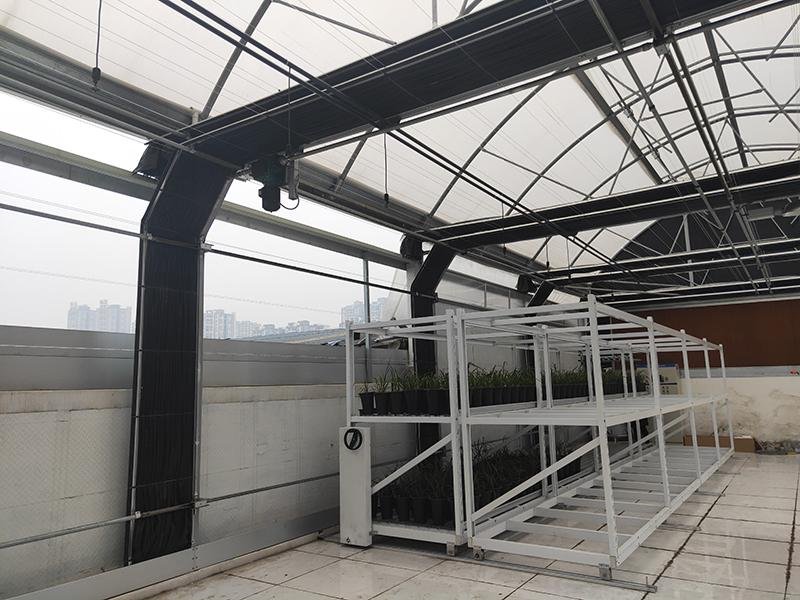
What Types of Crops Benefit Most from Light Deprivation?
Cannabis, tomatoes, cucumbers, peppers, and flowers like roses and lilies thrive in light deprivation conditions. According to the Agricultural Greenhouse Association, these crops can see a boost in both yield and quality.
Conclusion
In a nutshell, light deprivation greenhouses are a fantastic investment for anyone looking to boost their crop yields, optimize growing cycles, and grow high-quality produce regardless of seasonal changes. Whether you’re growing cannabis, flowers, or vegetables, it’s a game-changer. Ready to revolutionize your greenhouse operations? Let’s talk about how YSGreenhouse can set you up with the perfect light deprivation solution!
Contact us for more information!

